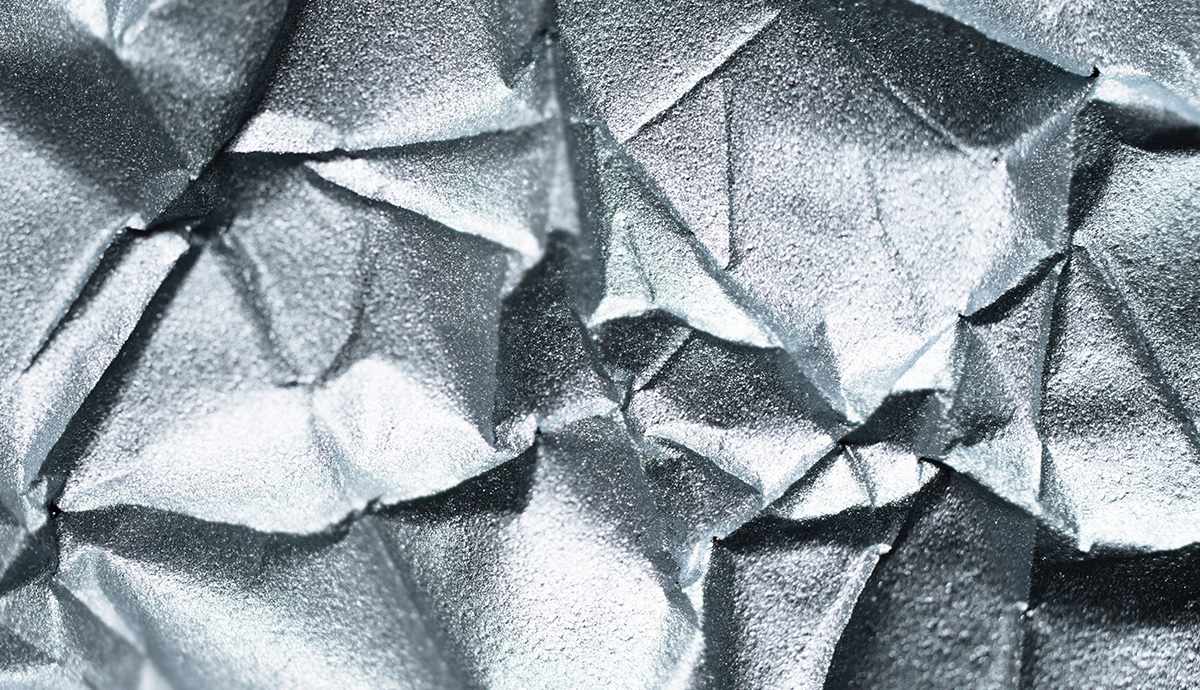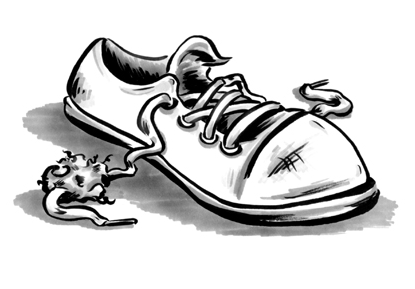A few years ago, a writer named Matthew Batt (check out his great book Sugarhouse) visited my school in Florida to read. As part of the gig, he talked to my creative nonfiction class and opened with the question: What pair of shoes do you remember best? Students I had been trying to coax out of their shells all semester long finally emerged to share vivid, funny, and even heart-breaking stories about shoes they had loved, hated, and even mourned. After they spoke, Matt told me I wasn’t getting out of answering.
I’m not a fashionista. For example, I wear Crocs. I buy two kinds of shirts: tee and plaid. I’ve been known to seek out Dockers. But my choices in shoes have often made me yearn for a greatness beyond my ability or lot. It’s petty, but true. When I heard Elvis Costello sing that line, “Don’t act like you’re above me / just look at your shoes,” what a gut punch. I’ve thought the same thing of others and seen others look at my shoes and think it of me. Those knock-off-Jordans on BlueLight Special put me back in that state of status seeking.
Flannery O’Connor says something about fiction writing that I think applies to nonfiction just as well: “Fiction is about everything human and we are made out of dust, and if you scorn getting yourself dusty, then you shouldn't try to write fiction. It's not a grand enough job for you.” It’s that old cliché: you don’t know someone until you’ve walked a mile in their shoes. But O’Connor was asking what kind of shoes they were and how much dust was on them. So was Batt really. I hoped to answer the question in the essay.
Lately I’ve been thinking that the question has given me a way to organize my life by a basic object. It could have been clothes or cars or dogs or music, for that matter. Hell, it could have been show horses if my parents had been sitting on a pile. But shoes are more relatable, and I’ve never had good luck with them.
When I joined the wrestling team my freshman year of high school, my parents bought me ASICS wrestling boots. It’s the last pair I can remember them buying for me. “If I get these,” my mom warned, “that means you have to stick out the whole season.” I nodded, not even considering the following four months of after-school adult-supervised ass beatings I’d take all because of those boots. Here I was thinking that I stuck out at practice because of my regular sneakers and not because I didn’t know any moves. The shoes had blinded me from seeing my own acute lack of talent in the sport—either that or my eyes were shot from staring at the ceiling lights after getting pinned so many times. Still, shoe blindness sounded better.
That Faustian purchase set me up for a long series of miserable, dark walks, as if I was living out Steve Martin’s stand-up routine, “The Cruel Shoes.” When I started working, I plunked down a paycheck on some Doc Martens even though they felt like they’d been weighted with lead and hurt my back. I also bought some Sambas, quite possibly the flattest shoe ever made, despite my arches and wide feet. Every time I visited the shoe store, prestige always trumped comfort. If cool people wore them, or people I thought were cool did, I believed that purchase put me closer to their glowing orbits. I was Madison Avenue’s ideal mark.
It took me until I was married to turn on a light and start thinking about shoes having the capacity to be comfortable, and even then it wasn’t me but my wife who would ask the question: “Do the shoes feel good?” Under her tutelage, I learned that if shoes give you a blister in the store, they aren’t getting any better at home.
Of all the pairs I’ve worn, I never have owned Air Jordans. I’ve never even asked to try them on. But now, when I’m in the shoe store with my kids, I see my oldest son glance over at the garish Nike display. He’s nearly the same age as I was in the essay. I want to tell him to aim for comfort. Or not to be dazzled so easily. But I see his toes wiggle under his socks and the familiar gleam veil his eyes when he sees that swoosh and spraddle-legged logo. He’s already taking a step closer to the shoe without ever looking down at the dusty floor.
Eric Piatkowski was raised in Arizona, and after a few years of working in theatre he switched gears and studied illustration at the Pratt Institute. Now in Des Moines, he splits his time between drawing, drawing, and more drawing. Give him a call, he just might be the perfect man for the job. Prints of artwork featured here and elsewhere are available through Etsy at Eric Piatkowski Art.




